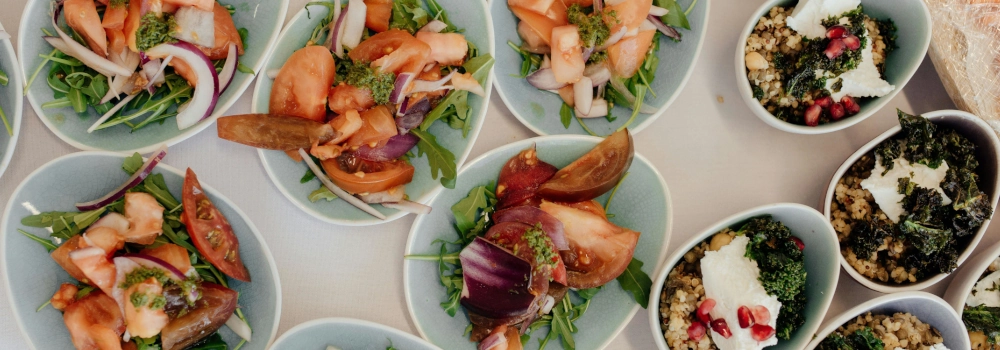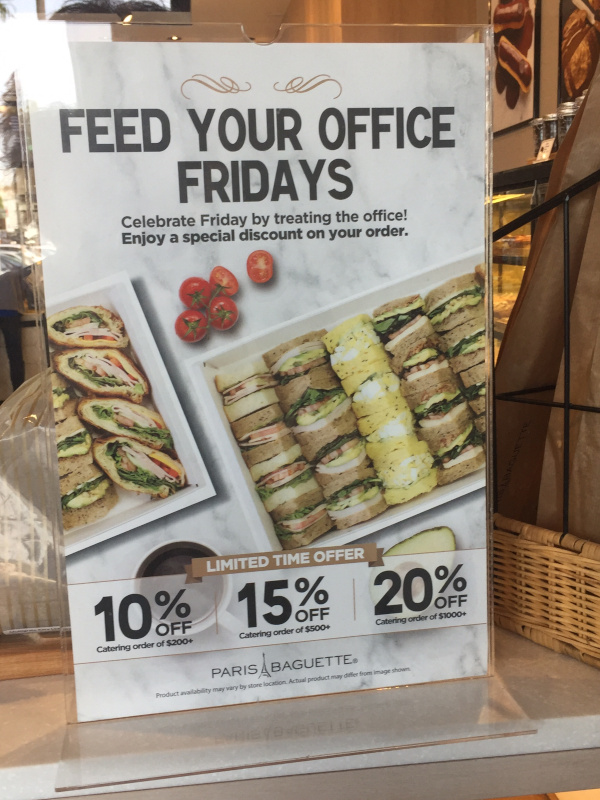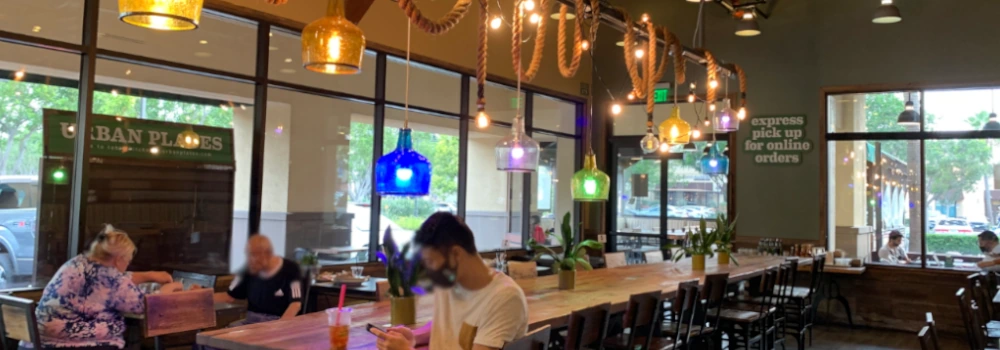
As holiday season demand picks up, restaurants that treat catering as a core revenue stream rather than an afterthought can unlock substantial profit. Off-premise catering is one of the fastest-growing segments in foodservice, and with the right strategy, your restaurant can capture significant margins without overburdening your dining room.
Below is a detailed roadmap for turning holiday catering into a revenue engine.
1. Understand the Market Opportunity
Before diving into tactics, it helps to ground your approach in data:
- The global catering services market was valued at USD 154.71 billion in 2024, and is forecast to reach USD 229.92 billion by 2033, with a compound annual growth rate (CAGR) of 4.28% from 2025 to 2033. IMARC Group
- In the U.S., corporate catering already holds a sizable share of the market. In 2024, corporate catering accounted for 34.08% of the catering services market, while drop-off or delivery models are experiencing faster growth (7.34% CAGR) compared to full-service models. Mordor Intelligence
- Off-premise catering grew 11.5% in 2023, outpacing many segments in the foodservice industry, driven largely by business catering as workers returned to the office. EIN Presswire
These trends confirm something your clients often sense: holiday catering is not a side hustle. With the proper positioning and infrastructure, it can be a pillar of Q4 revenue.
2. Position Catering as the Stress-Free Alternative
To win holiday catering business, your marketing and your offer must appeal to convenience. Many guests would rather host at home than dine out, but lack the time or capacity to cook. Let your restaurant bridge that gap.
Tactics:
- Launch “heat-and-serve” or “reheat-ready” trays with clear instructions, so home hosts don’t need to be skilled chefs.
- Emphasize delivery, setup, or pick-up options. Many customers will choose based on ease rather than the menu alone.
- Use branded containers and packaging that keep food warm, secure, and visually appealing.
- Include reheating tips or QR code links to reheating instructions or video guides.
This helps shift perception: you're not just selling food; you're selling a turnkey holiday dining experience.
3. Feature Signature Dishes (Not Just Generic Catering Fare)
One mistake many restaurants make is offering only “safe” items in catering menus. To maintain brand integrity — and premium pricing — you need to bring what makes your restaurant special.
- Use your top-selling menu items or seasonal bestsellers as anchors.
- Consider offering limited-edition holiday specials that tie into your brand identity (e.g., a chef’s special roast, a unique dessert).
- Promote “guest favorites” or “signature holiday dishes” to drive conversions.
- Include upsells such as add-on sides or premium protein upgrades (e.g., upgrade to prime rib, extra sides, or branded desserts).
The goal is to make customers feel that catering from you is a superior experience, not a stripped-down version of your brand.

4. Structure Tiered, Scalable Packages
Catering is easiest to sell and operate when it is packaged, rather than having customers pick every item à la carte; offer curated bundles instead.
- Price per person in tiers (e.g. $25, $35, $45+), allowing margin management.
- Bundle in extras like beverage kits, branded packaging, or disposable serving ware.
- Use anchor pricing — make the “mid-tier” package look like the best value.
- Reserve the “premium” bundle for clients wanting custom upgrades.
Operationally, packages simplify purchasing, prep, and delivery logistics — reducing errors and waste.
5. Target the High-Value Corporate Segment
Corporate clients often place larger orders, require repeat business, and are willing to tolerate premium pricing. During the holiday season, they’re especially active with year-end parties, client gifts, and office events.
Corporate outreach tactics:
- Build an email list of local businesses, human resources departments, and event planners.
- Offer a corporate catering tasting event (invite 5–10 prospective clients in November) to showcase your menu.
- Offer repeat-client discounts or loyalty programs for companies that commit early.
- Partner with local chambers of commerce or business associations to gain access to key decision-makers.
- Use LinkedIn or local business directories to pitch holiday menu collateral directly to HR or office managers.
According to industry surveys, 48% of caterers in the U.S. cite corporate events as their top growth driver. In 2023, 53% of corporate food buyers planned to increase their spending on catering.
This is your sweet spot — don’t leave it to chance.
6. Optimize Operations Behind the Scenes
A great sales pitch won’t carry you if operations can’t keep up. Here’s how to ensure you can deliver reliably:
- Forecast and batch preparation: Use historical data to anticipate high-volume dates (e.g., the week before Thanksgiving). Prepare components ahead of time to reduce last-minute stress.
- Separate workflows: Dedicate one line or station for catering while your dining operations are in progress. This helps avoid crossover errors.
- Cross-train staff: Ensure your kitchen and delivery teams are familiar with packaging, labeling, and assembling orders.
- Catering software/POS integration: Utilize tools that streamline order routing, logistics, and vendor management.
- Quality control: Double-check orders before dispatch. Use tamper-evident packaging, thermal bags, and clear labeling.
Scaling efficiently means protecting margins while minimizing mistakes.
7. Market Early & Consistently
Because many customers plan holidays weeks in advance, you must begin marketing early.
Marketing tactics:
- Launch your catering menu in early October, at the latest by mid-October.
- Utilize high-quality photography (plates, bundles, setups) and short videos for social media platforms.
- Send email campaigns to your existing guest base announcing your catering line.
- Use Google Business Posts, local search ads, and social ads targeting offices, neighborhoods, or event planners.
- Showcase limited-time “early-bird” discounts to incentivize early commits.
- Promote “last-minute” holiday bundles for those who wait but still want quality.
The earlier you get booked, the more you mitigate the risk of being full before peak demand.
8. Monitor, Adjust, and Build for Next Year
Once holiday catering ramps up, treat it as a learning lab.
- Track which bundles sold best, which were oversold, and which were underperformers.
- Collect feedback from clients (ease, taste, delivery) and adjust next year’s menu.
- Use year-end results to project demand for 2025, and reserve slots or staff ahead.
- Consider converting high-volume corporate clients into year-round accounts.
By closing the loop, next year’s holiday season becomes less risky and more profitable.
Conclusion: Make Catering a Cornerstone, Not an Afterthought
The shift toward off-premise dining and event catering is not a fad — it’s a structural trend in foodservice. With growing corporate budgets, savvy buyers, and a demand for convenience, restaurants that treat holiday catering as a strategic priority will reap significant rewards.
At Synergy Consultants, we help operators design scalable menus, streamline operations, and price for profit so you don’t just chase bookings, you dominate your local catering market.
.png)





.png)





